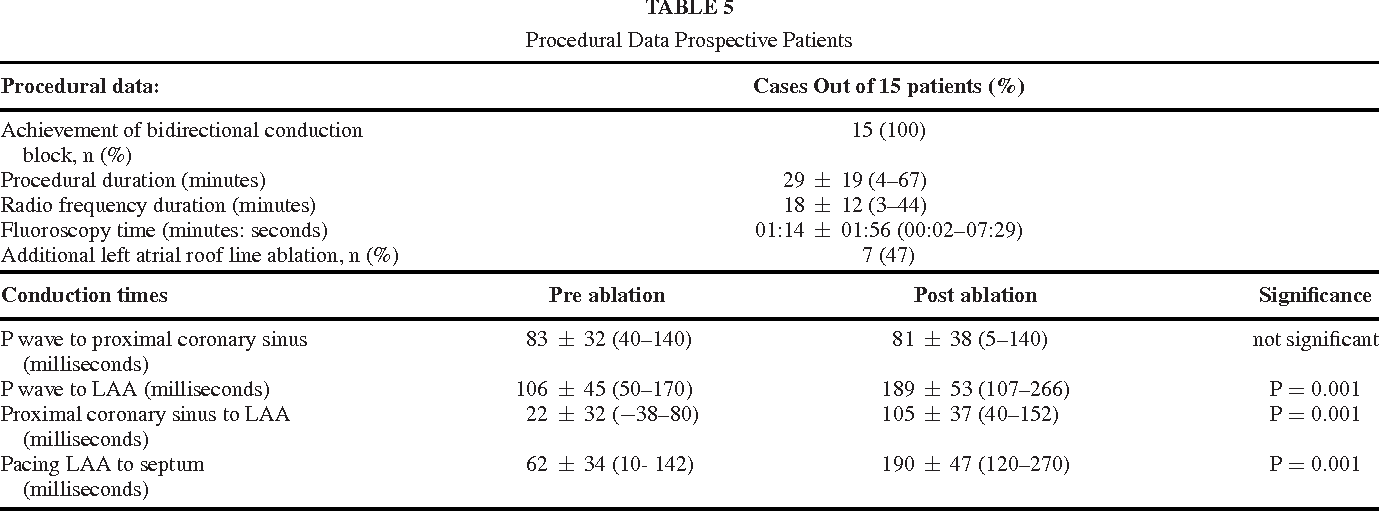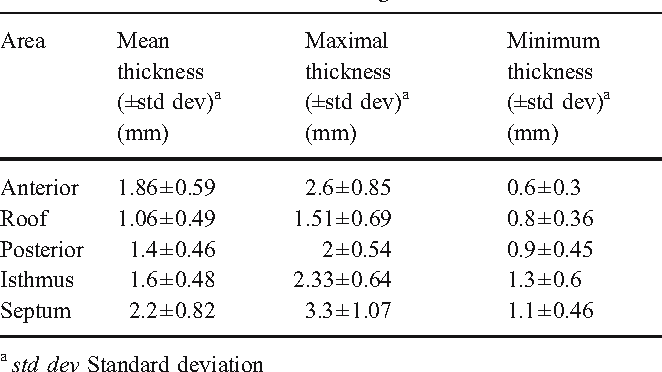Of the several proposed linear lesions only mitral isthmus and roof line ablation remain commonly performed as an adjunct to pulmonary vein isolation in the treatment of atrial fibrillation 2 3.
Left atrial roof line ablation.
It s a type of cardiac ablation which works by scarring or destroying tissue in your heart to disrupt faulty electrical signals causing the arrhythmia.
Atrial fibrillation ablation is a procedure used to treat an irregular heart rhythm arrhythmia that starts in the heart s upper chambers atria.
It has been suggested that ablation lines along the roof of the la and mitral isthmus may improve clinical outcomes in paf.
Addition of linear ablation lesions principally in the atrial roof between the left and right superior pulmonary veins and mitral isthmus between the left inferior pulmonary vein and the mitral annulus led to improved success rates especially in patients with paroxysmal af and coexistent la enlargement and in patients with persistent af.
It is sometimes called sequential ablation because the additional ablation lines are performed in a specified order.
They described the phenomenon of intra atrial conduction block in a subset of patients undergoing ablation for left lateral accessory pathways.
Left atrial tachycardias ats most commonly occur after catheter or surgical ablation of atrial fibrillation and in patients with atrial myopathies.
7 9 20 conversely the exclusion of the la posterior wall has no effect on the incidence of af recurrences after circumferential pv ablation in a randomized trial of 120 patients 60 in paf.
13 finally a randomized prospective trial comparing segmental pv isolation and circumferential pv ablation plus linear ablation at the la roof and mi showed that significantly.
About every fourth patient presenting for catheter ablation of atrial fibrillation af has a persistent foramen ovale pfo.
1 this remnant of the fetal circulation can be used as route to the left atrium la during af ablation obviating the need for a transseptal puncture tsp with its associated risks.
However there are conflicting data on the effects of creating a roof line rl joining the superior pvs in paroxysmal atrial fibrillation paf.
That is doctors may make a lesion line along the roof of the left atrium and then pace or use a mapping catheter to determine whether conduction has been stopped.
Pre existing scar in the left atrium la can result in complex circuits sometimes with narrow channels that can be detected with high resolution mapping.
If there continues to be afib activity the doctor will ablate the next area in the sequence.

































